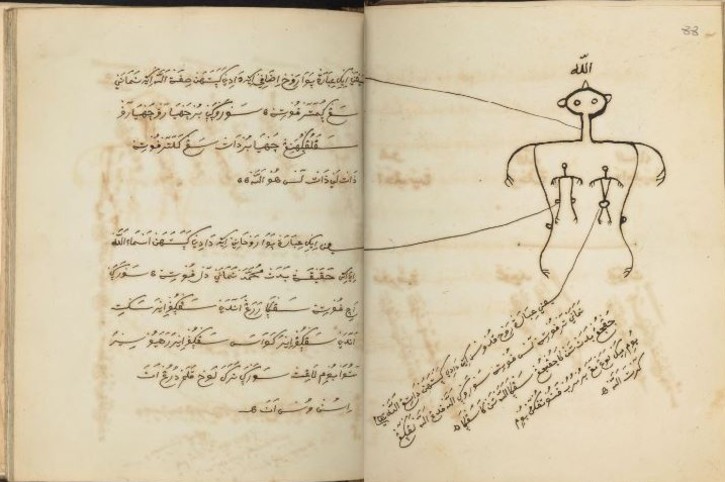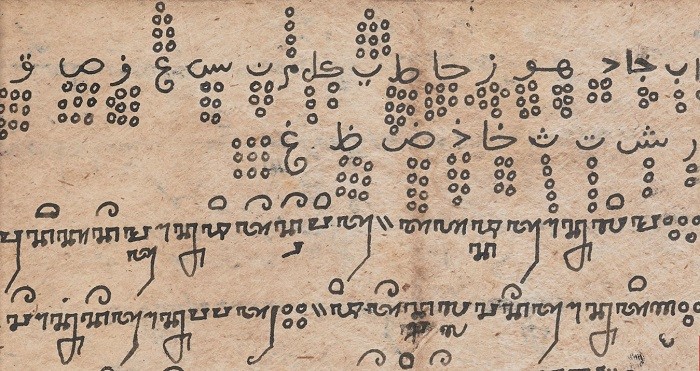by WAYAN JARRAH SASTRAWAN

Throughout history, natural disasters have had a huge impact on the archipelago. The 2004 Indian Ocean tsunami that wiped out coastal communities on the west coast of Sumatra was just one of many extremely damaging occurrences. How have the region´s peoples responded to these life-changing events? The rich manuscript traditions of Java and Bali go back a thousand years. The conceptions of natural disasters we read there open a valuable window into how people have long talked about them.
The historical record
Perhaps the earliest surviving mention of a natural disaster in an Indonesian text is a Javanese inscription issued on 10 October 907. It concerns a village called Rukam that had been destroyed by volcanic flows. Javanese chroniclers normally focussed exclusively on royal politics. But they sometimes include natural disasters in their chronicles. They did this because disasters were considered to be intimately connected to the social realm, as will be discussed below.
Very few detailed descriptions of Indonesian natural disasters survive from before 1600. The historian Anthony Reid referred to European sources for seventeenth-century disasters in the archipelago. He found an account of a tsunami in 1674 by the Dutch-German naturalist Rumphius, as well as reports in the archives of the Dutch East India Company (VOC) of eruptions and earthquakes in Maluku throughout the seventeenth century. Reid suggested that a re-examination of the available sources, particular those in Dutch and in Javanese, could shed light on probable tsunami events in 1618 (southern Central Java) and 1660 (Aceh).

Destruction
All discourses on natural disasters highlight their destructive effect. Reid argued that seismic disasters – earthquakes, tsunamis and volcanic eruptions – have had a profound impact on the long-term course of Indonesian history. Periodic disasters checked population growth in the archipelago. As a result, population densities were lower there in the early modern period than in other world regions.
This damaging impact features prominently in local accounts. A description of an eruption of Mount Merapi in the Javanese history Babad Tanah Jawi, compiled in 1826, emphasises the unbearable noise it made.
There was a relentless shrieking in the air. It sounded as if the sky was being torn apart, like the whole mountain was thundering. Everything was in uproar. The mountain’s fissures responded by cracking open. The crater growled. Ash rain fell, boulders and pebbles rolled down, volcanic mudslides flowed. They say there were many huge rocks, and lahar flowed down into the River Umpak.
A Balinese chronicle called Babad Gumi explicitly mentions the damage caused by an eruption of Mount Agung. Especially destructive were the pyroclastic flows that surged down the mountain, following the course of rivers.
Many villages were destroyed, as well as the dry rice and the paddy fields. Ravines became hills and hills became ravines. The wellsprings were destroyed, engulfed by fire. […] The destruction went as far as the betel plants, the fruit trees and the coconut trees, as far as the dry rice fields. The aqueducts were destroyed and could not be quickly rebuilt. Everything was damaged. The rivers Bungbung and Yeh Lajang both destroyed paddy fields, and the bathing place at Babi was all filled up. The river Bangkak destroyed the dry rice fields at Susut. The rivers Selat and Barak both destroyed paddy fields.
Inside Indonesia for more
